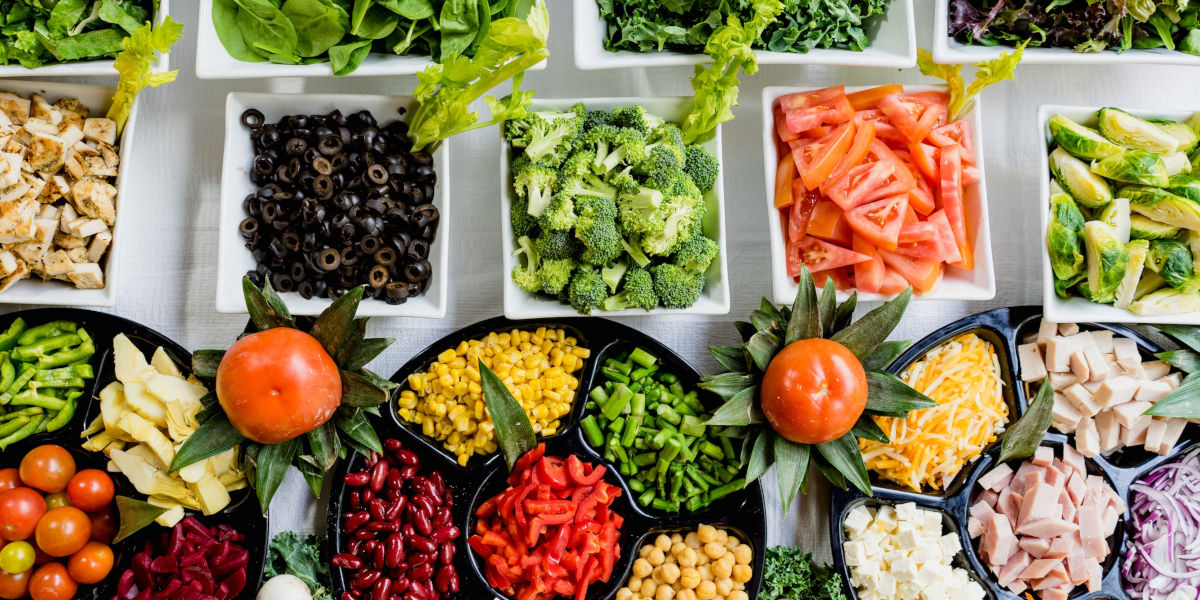Whether you're living with diabetes, prone to blood sugar spikes, or simply trying to maintain a balanced and healthy eating routine, integrating low-glycemic recipes into your diet can make a world of difference. Low-glycemic foods - that cause minimal spikes in blood sugar levels - are key to managing diabetes and maintaining overall health. In this article, we’re going to explore a variety of diabetes-friendly meals that you can prepare at home without compromising on taste or satisfaction.
Understanding the Importance of a Low-Glycemic Diet
Before plunging into the delectable world of low-glycemic recipes, let's take a moment to understand why this type of dietary regimen is so beneficial, particularly for people living with diabetes. Foods with low Glycemic Index (GI) help in controlling blood sugar and insulin levels. They allow a more gradual, slower release of glucose into the bloodstream, avoiding sudden and disruptive sugar "spikes." This is especially helpful in managing type 2 diabetes, however, even those without the condition can still enjoy the multiple benefits of a lower-GI diet, including weight management, improved heart health, and increased satiety.
Meeting Your Dinner Needs: How to Make a Low-Glycemic Dinner
Finding exciting, tasty, and filling diabetes-friendly meals for dinner can sometimes be a challenge. However, it's entirely possible to create exquisite dishes that adhere to a low glycemic diet. This section will provide practical and easy steps to design a beautiful, healthy, and satisfying low-glycemic dinner.
1. Start with a Protein Base
The first key to any low-glycemic dinner is incorporating a lean protein base. Protein doesn't impact your blood sugar levels the way carbs do, which means it's a safe and essential element of a diabetes-friendly dinner. Almost any lean meat - fish, chicken, turkey, lean beef cuts - are excellent choices. For vegetarians or vegans, plant-based proteins like lentils, beans, and tofu are ideal.
2. Opt for Low GI Grains and Starchy Vegetables
Carbohydrates are often the tricky part of any meal for those trying to manage their blood sugar. However, it's important to recognise that not all carbs are bad. Opting for whole grains such as brown rice, quinoa, barley, or oats can help meet your needs for carbohydrates without a significant hike in your blood sugar levels. As for vegetables, steer clear from potatoes and instead opt for sweet potatoes, squash, or other visually rich and low GI vegetables.
Adapting to a low-glycemic diet may seem challenging, especially when we are accustomed to fast and processed foods. But with the right ingredients and cooking tricks, you can create savory and nutritious meals that are diabetes-friendly. Here are some low-glycemic recipes that are both delicious and straightforward to prepare.
Low-Glycemic Breakfast Recipe – Overnight Oats
Starting your day with a hearty, low-glycemic breakfast can set you up for a day filled with sustained energy. One of our favorite go-to meals is Overnight Oats.
- Ingredients:
- 1/2 cup old-fashioned rolled oats
- 1/2 cup unsweetened almond milk
- 1/2 cup Greek yogurt
- 1 teaspoon chia seeds
- Sweeteners like stevia or a pinch of honey
- Mixed berries for topping
Instructions:
- Combine oats, almond milk, Greek yogurt, chia seeds, and sweeteners in a jar. Stir them well, ensuring that all the oats are soaked in the liquid.
- Cover and refrigerate overnight.
- In the morning, give the oats a good stir. Top with mixed berries before serving.
Oatmeal is a low-GI food and mixed with high protein Greek yogurt, this satisfying breakfast releases sugars gradually, giving you a steady energy supply until your next meal.
Low-Glycemic Lunch Recipe – Quinoa Salad
For diabetes-friendly lunch ideas, salads can be a good choice. But we're not talking about a salad that's all greens and no fun. Here's a quinoa salad that's packed with protein.
- Ingredients:
- 1 cup quinoa
- 2 cups water
- 1/2 cup diced cucumber
- 1/2 cup diced red pepper
- 1/2 cup diced avocado
- 1/4 cup chopped fresh parsley
- 2 tablespoons olive oil
- Juice of 1 lemon
- Salt and pepper to taste
Instructions:
- Rinse quinoa under cold water until the water runs clear.
- Put quinoa and water in a pot. Bring to a boil, then reduce the heat to low and let simmer for 15 minutes, or until all water has been absorbed.
- Let quinoa cool, then transfer it to a mixing bowl.
- Add cucumber, pepper, avocado, and parsley to the bowl.
- Whisk together olive oil, lemon juice, salt, and pepper. Pour it over the salad and gently toss until well coated.
Quinoa, a whole grain rich in fiber and protein, is one of the few plant foods that contain all nine essential amino acids. It is an excellent meal option for people who want to regulate their blood sugar levels.
Low-Glycemic Dinner Recipe – Grilled Salmon with Steamed Vegetables
A satisfying low-glycemic dinner does not mean you have to skip the protein. In fact, lean proteins like salmon are a valuable part of a diabetic-friendly diet, particularly when combined with non-starchy vegetables.
- Ingredients:
- 4 (6-ounce) salmon fillets
- Olive oil
- Salt and ground black pepper
- Fresh lemon juice
- Mixed non-starchy vegetables (like broccoli, spinach, bell peppers)
Instructions:
- Rub every salmon fillet with olive oil, salt, and black pepper.
- Preheat the grill to medium-high. Grill each fillet for about 3 to 4 minutes on each side, or until it flakes easily.
- Squeeze fresh lemon juice over the cooked salmon.
- Steam your chosen non-starchy vegetables until tender.
- Serve the grilled salmon with the steamed veggies on the side.
These recipes not only boast of a low glycemic index but they also promise high flavor and satisfaction. Remember, a diabetes-friendly diet does not have to be bland or boring. Becoming aware of the glycemic index of foods and incorporating low-glycemic foods into your meals is a great strategy for maintaining steady blood sugar levels and promoting overall health.




